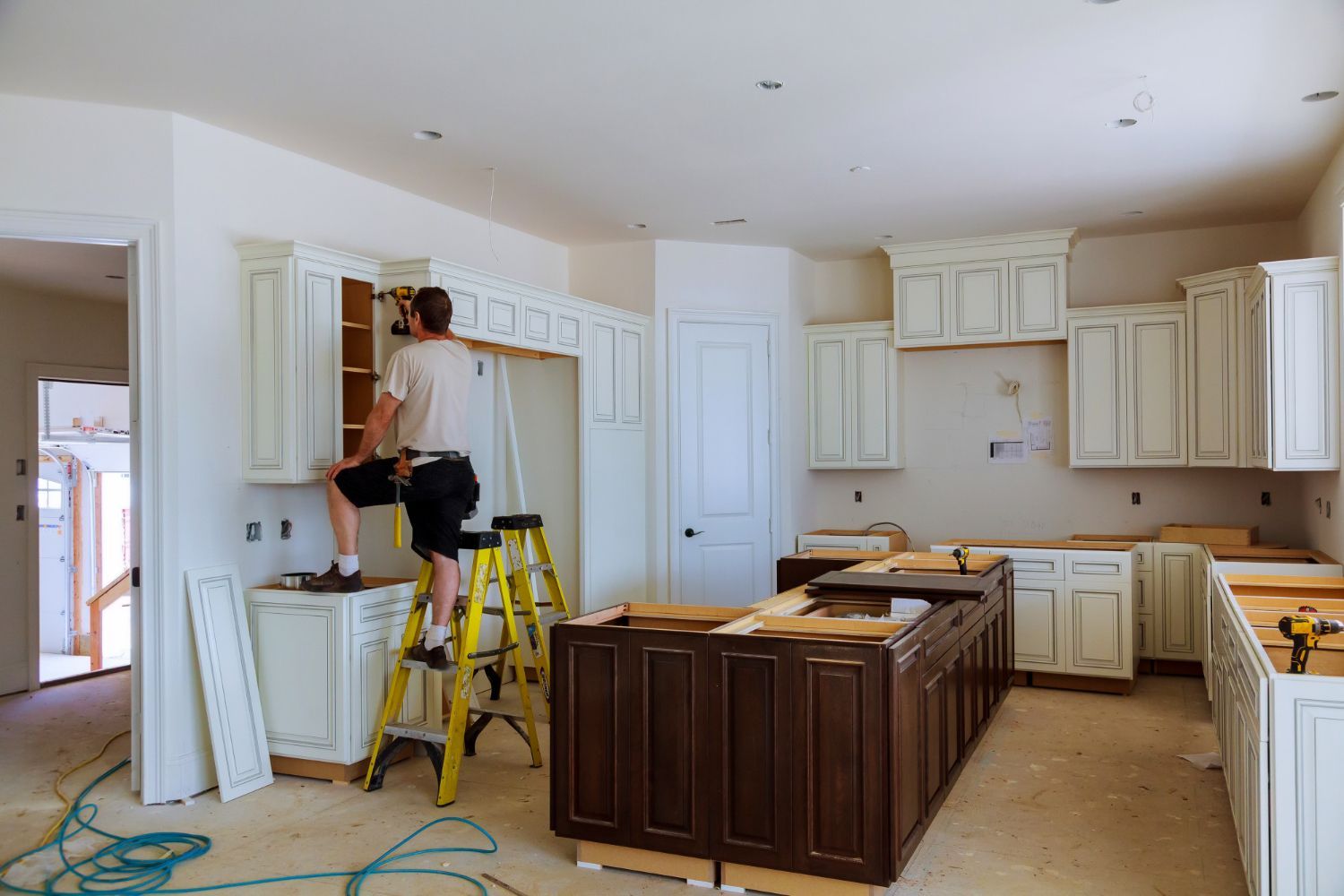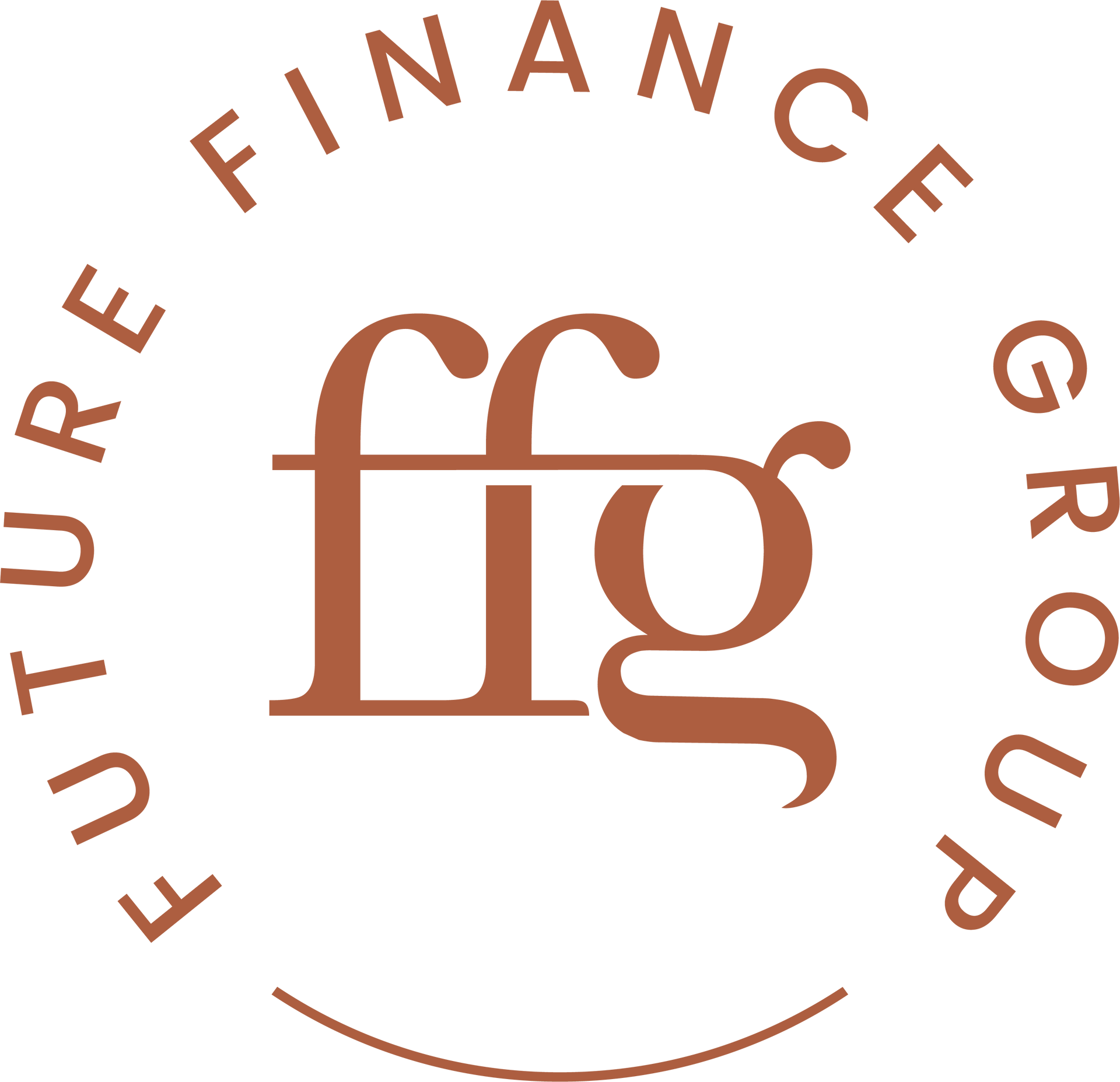IS SWITCHING HOME LOANS A SUITABLE ALTERNATIVE FOR ME?
Your home loan is usually your largest financial commitment. We understand that changes in interest rates can have a big impact on your monthly repayments and how long it takes you to repay your loan.
Switching loans might cost you thousands in early exit fees and other required fees, but it could possibly SAVE you thousands of dollars as well.
• But how will you know?
• How will you compare each new lender’s offering against others?
• What new conditions will accompany a new loan?
When you contact us we will compare your existing loan with other lenders’ products.
Our goal for you is to determine ‘Is the cost of switching loans worth the potential interest rate saving?’
We will use the following steps:
1. We shop around for you
We use our financial calculators to compare interest rates, fees and features of your current loan and several other home loans available in the market. We might also be able to negotiate (on your behalf) a discount below the listed interest rate, especially if you have a large loan. We will talk to your current lender and tell them you are thinking of switching to a cheaper loan offered by another lender. They may offer to reduce the interest rate or suggest a cheaper ‘no frills’ loan. This could save you significant switching costs. Often, by using us, your mortgage specialist, we can secure a better rate than if you try to negotiate this yourself.
2. WE RESEARCH THE POTENTIAL SAVINGS FROM SWITCHING
Our role is to calculate the fees you will be charged if you change loans, plus other expenses you may need to pay, eg lenders’ mortgage insurance (LMI). We will show you how long it will be before you start making savings after the cost of switching. We can also compare the minimum repayments of potential new loans.
3. WE COMPARE HOME LOAN FEATURES AGAINST YOUR EXISTING LOAN
We determine a range of potential loans that may be suitable for your circumstances and check them against your existing loan.
We will compare features such as:
• the ability to make extra repayments
• having an offset account
• having a redraw facility
You may pay more for a loan with extra features and flexibility so we will need to determine if these features will be important to you and worth the extra expense.
4. You decide, then we help you take action
We will present to you the potential cost savings and differences in features between loans.
Please note:
- You will only reap the potential savings if the new loan stays cheaper over the long term. The longer it takes for a switch to save you money, the greater the chance that the interest rate savings may fade.
- Your savings can be used to pay off your new mortgage more quickly or make lower monthly repayments to alleviate some of your current financial burdens.
- If you decide you would be better off switching loans, then let’s take action together! Give our office a call on 03)8657 8664 today!
Disclaimer: This article provides general information only and has been prepared without taking into account your objectives, financial situation or needs. We recommend that you consider whether it is appropriate for your circumstances. Your full financial situation will need to be reviewed prior to acceptance of any offer or product. It does not constitute legal, tax or financial advice and you should always seek professional advice in relation to your individual circumstances. ©2020



